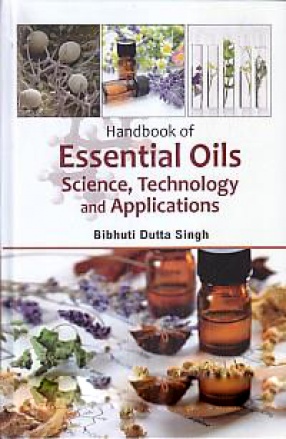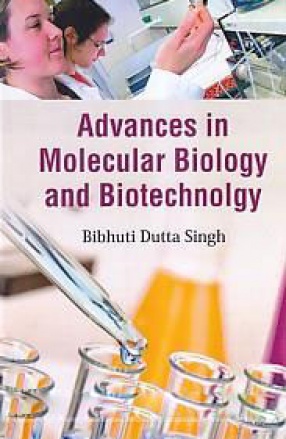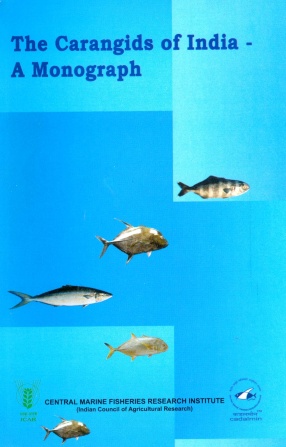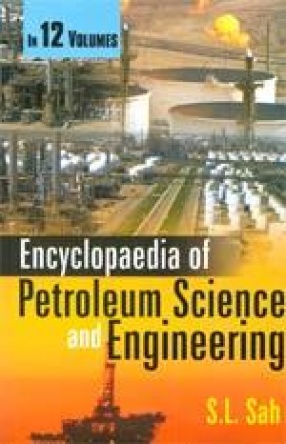Biodilution is also a process that occurs to all trophic levels in an aquatic environment; it is the opposite of biomagnification, thus a pollutant gets smaller in concentration as it progresses up a food web. Lipid (lipophilic) or fat soluble substances cannot be diluted, broken down, or excreted in urine, a water based medium, and so accumulate in fatty tissues of an organism if the organism lacks enzymes to degrade them. When eaten by another organism, fats are absorbed in the gut, carrying the substance, which then accumulates in the fats of the predator. Since at each level of the food chain there is a lot of energy loss, a predator must consume many prey, including all of their lipophilic substances. In a review of a large number of studies, Suedel et al. (1994) concluded that although biomagnification is probably more limited in occurrence than previously thought, there is good evidence that DDT, DDE, PCBs, toxaphene and the organic forms of mercury and arsenic do biomagnify in nature. For other contaminants, bioconcentration and bioaccumulation account for their high concentrations in organism tissues. More recently, Gray (2002) reached a similar substances remaining in the organisms and not being diluted to non-threatening concentrations. The success of top predatory-bird recovery (bald eagles, peregrine falcons) in North America following the ban on DDT use in agriculture is testament to the importance of biomagnification. The present publication has been designed to approach this subject in a simple and lucid style. The method of presentation is very clear and lucid, which can be easily followed by the students.
Encyclopaedia of Biotechnological Mthods of Pollution Control (In 2 Volumes)
In stock
Free & Quick Delivery Worldwide
reviews
Bibliographic information
Title
Encyclopaedia of Biotechnological Mthods of Pollution Control (In 2 Volumes)
Author
Edition
1st ed.
Publisher
ISBN
9788126146642
Length
viii+592p., Bibliography; Index; 25cm.
Subjects








There are no reviews yet.